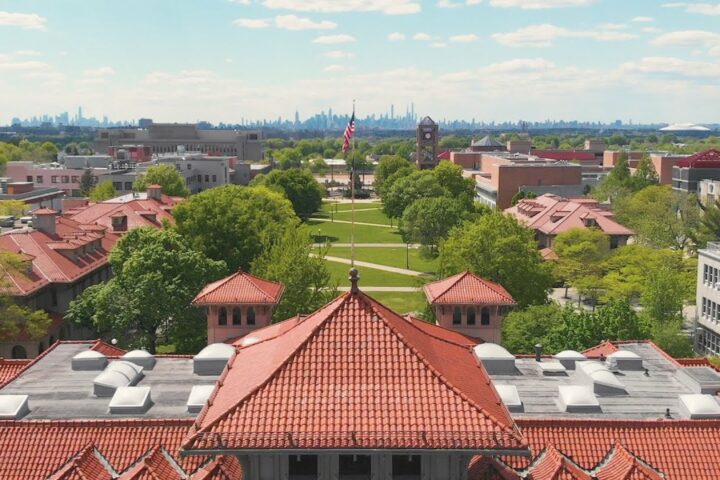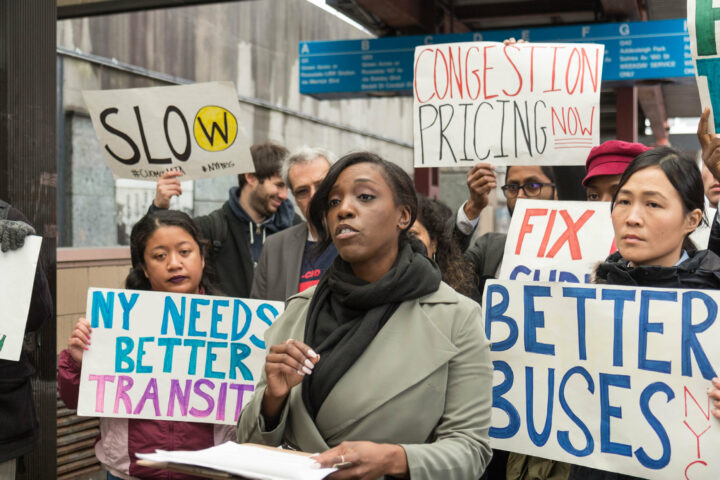Our social media apps offer us comfort and a crutch even though we deny they’re addicting. Aside from the occasional low battery warning, we’re only seconds away from seeing our friends posts at any time. We take for granted the frictionless nature of our content as it sits in the same feed as memes, ridiculous videos, influencers — and increasingly — important world events. Now, amid the events of the last two months, our apps have been host to information overload filled with images of atrocities, overwhelming news, activist slideshows, and strong opinions compelling us to participate.
Let’s say you see a graphic image that makes you angry. In just a few clicks, you reshare it; seconds later reactions start pouring in. Some are supportive, some push back, and some remind you that this post features a photo that was taken from another conflict years ago. You take it down, but the damage was done. While you consider yourself fairly tuned into the news and attentive to details, you just participated in the overwhelming deluge of misinformation that seems to occupy too much of our platforms. How could this have happened?
It’s easier than we think to fall for misinformation when global issues impact our emotions and intersect with our strongly held values — especially when we feel the anxiety is compounding. If you feel that the world is on fire recently, you wouldn’t be wrong. According to the Uppsala Conflict Data Program, 2022 and 2023 have been the most violent years in the last three decades and increased after the October 7th Hamas attack on Israel and the subsequent retaliation.
These conflicts are not confined to their regions. Queens is home to diasporas of hundreds of international communities directly affected by many of these global issues. And yet, while wars are waged all over the world, we take part in the battle over narratives in our digital spaces. This is by design. When it comes to social media, misinformation is a feature not a bug.
Social media is not designed for nuanced discussion of geopolitics and platforms like Instagram and TikTok rely on engagement to sell advertising. Propaganda, misinformation, and edgy media increase our screen time as it results in reactions, emotions, confusion, and of course, more advertisements. In fact, the 2021 leak of the Facebook Papers told us that even Meta knows this is happening. Despite increased demands for transparency, we’re still responsible for our own actions on social media.
So, what can we do to better participate online?
First, recognize that social media does have classifiers to detect misinformation, but because English is the main tech language, different languages get unfairly sorted. Misinformation relies on ignorance and you can combat this by doing your best to translate the message and seek its context. An added benefit could be a willful appreciation of cultural differences.
Second, we need to consider that information usually carries an agenda. Assume simplicity and check to see if the information is publicly available or part of a viral phenomenon. The shift in who is considered a “verified” user has skewed our trust in authority, but if we ask about intent before we share, we may learn more about the path misinformation takes and be able to question how power dynamics work online.
Third, even mainstream news falls for misinformation making us feel like we’re being gaslit when news information is incongruent with reality. News, like social media, relies on ratings and views, so we need to recognize the role of information in the attention economy.
You are not immune to propaganda, but we can refuse to engage.
Finally, if it feels too good to be true, you’re likely right. The biggest reason misinformation exists is because it fits our cognitive biases. Part of learning and growing is checking in with our biases and seeing where we hold blind spots. In addition, reflexivity doesn’t come naturally and requires practice. It means recognizing that other people — your friends, family, classmates, and so on — have opinions you may not hold, but they have them for a reason.
The best antidote for misinformation and posting discordant media is checking in with people and showing you care. Social media and algorithmic media environments are built to scale and grow with little regard to our emotions. If anything, the more chaotic the battle of narratives unfolds, the better for the platforms and apps. Care doesn’t scale like tech and that makes it far more valuable. With care, we can extend ourselves into our digital environments and slow down.
You may feel powerless in the current context of global conflict, but you are not. You have the power to make just one person learn how to interact with digital media better today, and that is a good first step.











